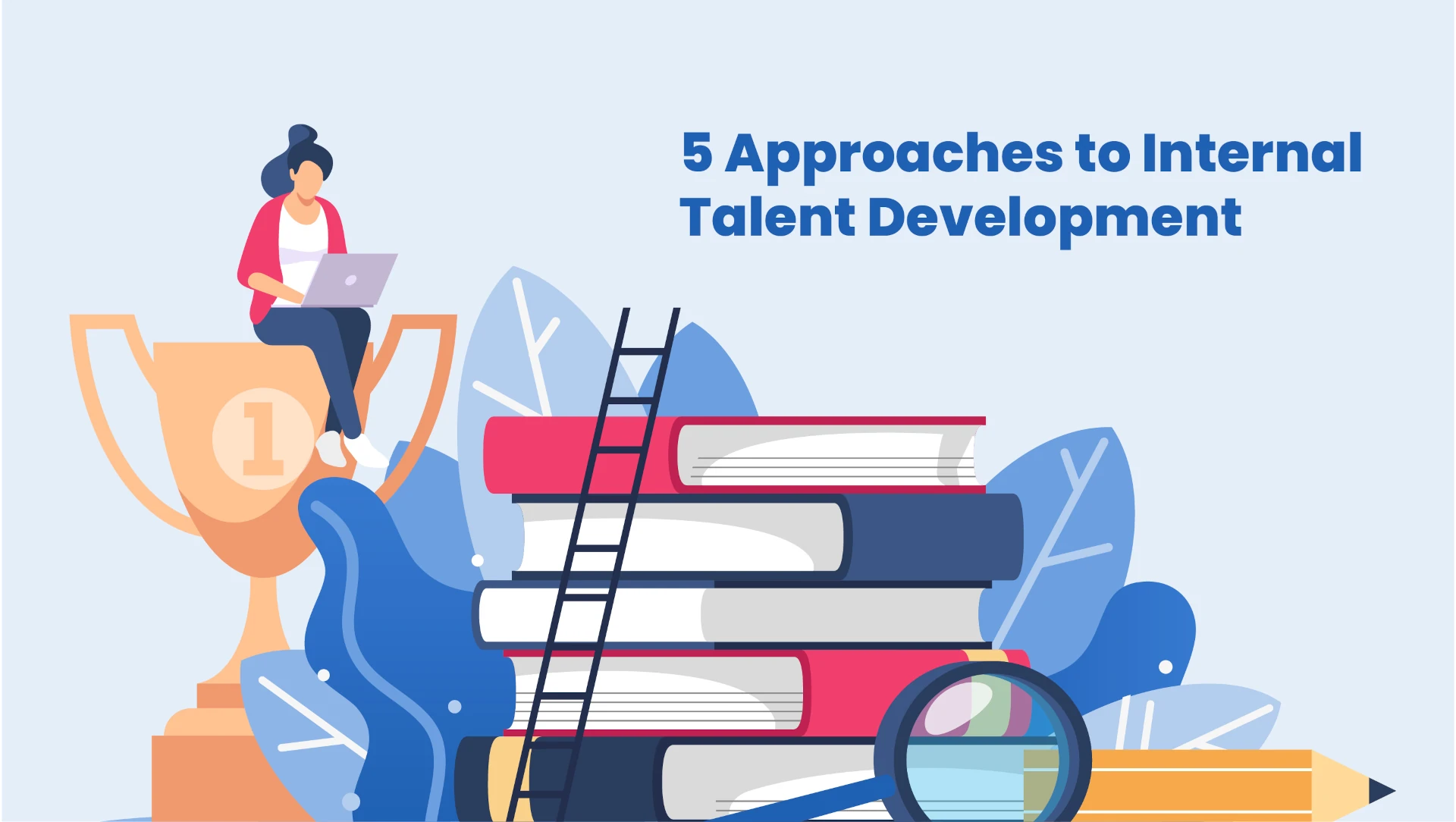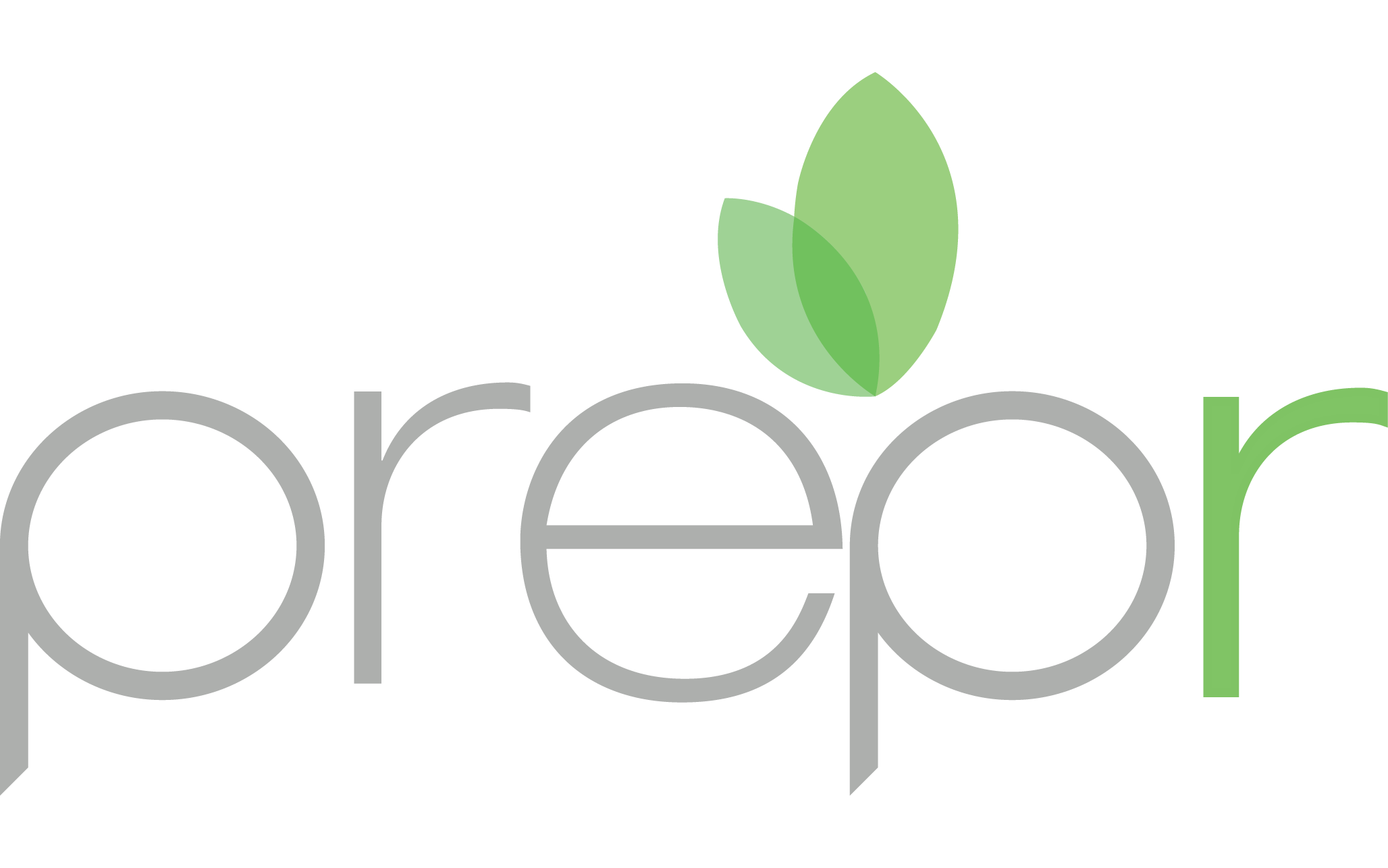
11 Jul 5 Approaches to Internal Talent Development
Internal talent development opens up a multitude of opportunities. Diverse options for programs are available, and all are highly effective at upskilling employees for a more prosperous, future-proof workforce.
Here are five of the most popular and effective approaches to internal talent development, to achieve all of the benefits for the employees, employer, and organization:
1. Facilitating team workshops
Workshops offer a space for employees to collaborate on a unique project or activity that builds skills. Often, workshops are based around projects or ideas that are not directly related to the workplace. However, internal talent development allows the company to tailor the activity to the company team if needed. Most importantly, the company should keep in mind the abilities, learning styles, and work habits of the employees to develop a program accessible to all. Some typical employee development workshops include leadership and team-building. Most workshops focus on soft skills development.
2. Facilitating innovative work-integrated learning (iWIL)
Similarly to employee workshops but explicitly focussed on innovation, iWIL is a highly effective, proven approach to talent development. This type of learning opportunity is project-based or challenge-based learning and asks employees to team up to innovate solutions to real-world problems. The challenges build problem-solving skills, leadership, and teamwork, and comprehensively test and nurture employee innovation. Innovative work-integrated learning is internal talent development at its most creative and immersive: it involves relevant problem-solving and innovating novel ideas and solutions. In particular, innovation inspires new ways of thinking and approaching problems in the workplace and encourages employees to think outside the box.
3. Attending educational seminars
Another method of internal talent development is to invite employees to attend seminars. The team can attend together to gain knowledge about topics like team-building and leadership and then can apply knowledge in their everyday workplace life. The theory and principles of key workplace skills—even soft skills like collaboration and communication—are often integral to real-world practice. That is to say; employees should understand the purpose and the reasons why certain practices are best practices. Moreover, this kind of classroom learning via seminars can be made more interactive and productive by encouraging employees to mentor one another throughout the learning process. Educational seminar learning will aid employees in the present and the future. When in future roles, they can apply this learned knowledge of effective work practices.
4. Stretch assignments
This method of internal talent development involves an employer giving an employee a task that requires skills outside of their current skills set. The employee is challenged to ‘stretch’ their knowledge and skills in order to accomplish the task at hand. In doing so, they gain the necessary skills to be be given those expanded responsibilities in the future. Stretch assignments require the employer to place some trust in their employee. The employer should prepare for stretch assignments by choosing tasks that are less urgent and high-stakes—the purpose of the assignment is for the employee to learn and grow, and inevitably, they might struggle. Research supports the stretch assignment method, suggesting that employees are more likely to succeed when pushed beyond their comfort zone and regularly tasked with new responsibilities.
5. Providing learning resources
The last method mentioned in this list is providing learning resources. If the employer does not have time to lead workshops or learning/training sessions, then providing learning resources, like how-to books on leadership and teamwork skills, can be a time-saving yet effective method of internal development.
All of the above methods have their unique pros and cons, meaning that employers should learn about the variety of options available to find what suits their needs and resources. Internal talent development is an effective way to build a skilled workforce, and when done right, employees thrive, grow their skills sets, and reach new heights of their potential while supporting the organization’s growth.
